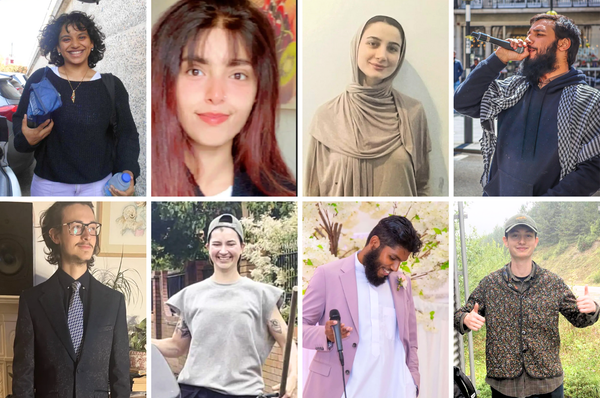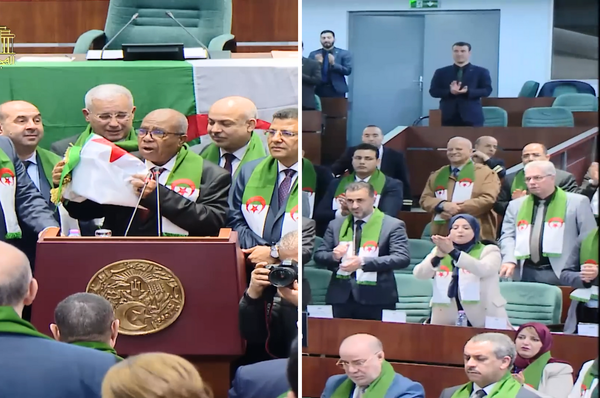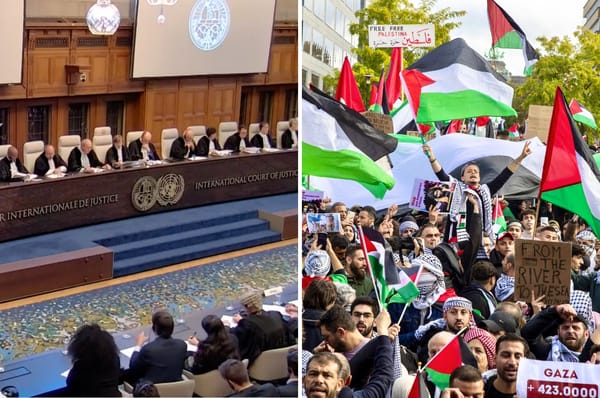“Time Is On Our Side”: Thai Curator Thanavi Chotpradit On The Youth-Led Protests And Curating An Art Biennial In A Pandemic
Thai curator Thanavi Chotpradit spoke to Almost about her thoughts on what the pandemic and the Thai protests have meant to the art world.

The Asian Art Biennial, one of the most important platforms and exhibitions for the Asian contemporary art scene, has opened to the public in Taichung, Taiwan, despite the challenges posed by the COVID-19 pandemic.
Theme titled “Phantasmapolis”, the eighth run of the international exhibition dives into Asian futurism and sci-fi culture within Asian contexts with a wide variety of works by 38 artists coming from 15 countries across the continent.

Among the multi-cultural curatorial team members, Thanavi Chotpradit hails from Thailand and focuses on different perspectives of time and power with her curation.
When Chotpradit was invited to co-curate the biennial, most parts of the world were under lockdown. Although international art exhibitions have always relied heavily on online communication and cross-border transportation, this was a tricky situation like no other.
From the beginning, the curatorial team had to rethink not only how they were going to work together, oceans apart, but also how they wanted the situation to shape the value and outcome of their collaborative efforts.
Having quarantined for 21 days before arriving at the exhibition space, which she co-curated entirely remotely, Chotpradit discussed her thoughts on what the pandemic and the Thai protests have meant to the art world in an interview with Almost.
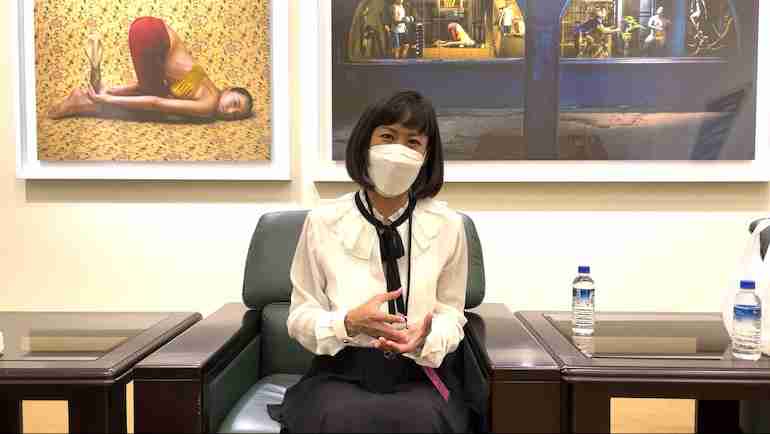
“[COVID-19] has an impact on all of us, whether we are curators, art historians, or artists. It challenged us to rethink in another area, not just logistics or communication that we had to do remotely anyways, but thinking about the curatorial framework and the relationships between curatorial colleagues for us to work together,” she said.
And while the pandemic created restrictions in many realistic ways and gave rise to new art mediums such as VR and NFTs (non-fungible tokens), Chotpradit still believes in the power and sensation of immersing oneself in physical exhibition spaces.
“No one medium is replaceable, but different platforms and technologies offer a variety of sensation and perspective of how art can be experienced,” she said, adding that the future of art is not only about high technology but that concept or minimal art can also be just what we need in a time of crisis.

This explains why she enlisted fellow Thai artist Chulayarnnon Siriphol for the biennial.
Siriphol’s project “Give Us A Little More Time” (2020) first began on the day of Thailand’s military coup led by Prayut Chan-o-cha in May 2014. The title of the work borrows from the lyrics of a propaganda song by the dictatorial government.
Siriphol made a collage every day using Thai newspapers, up until the national election in March 2019, which saw the junta leader installed as the legitimate prime minister of Thailand. While the collage-making responded to the closely-controlled, and even censored, journalism in Thailand, the newspaper itself also witnessed how “stolen time” played a role in reinforcing dictatorial power.
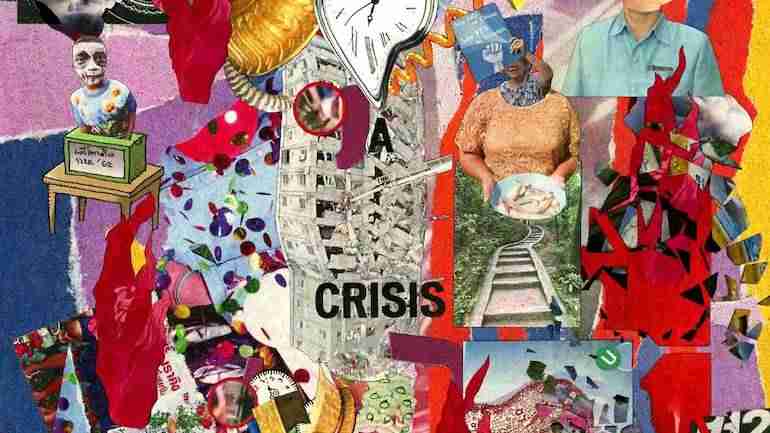
Although Siriphol’s work was made well before the rise of youth-led protests in Thailand last year, it remains relevant even to this day.
Social unrest and political conflicts have long served as inspirations behind many Thai contemporary artworks, but the latest protests led to a fundamental change in how artists envisioned the future of Thailand, Chotpradit said.
While contemporary Thai artworks have been known to be dystopian and pessimistic, something shifted with the student-led protests in 2020.
“We started to say things like ‘time is on our side’ and ‘let it end in our generation’,” Chopradit said. “There was a sense of time – and a near future that people envisioned in a more positive way.”
There was now hope in it, and that changed how artists worked as they took to the streets, joined protests and organized through art activism, Chotpradit said.

The demonstrations calling for the removal of Chan-o-cha and the reforms to King Maha Vajiralongkorn’s powers have broken long-standing taboos of talking about monarchy reform in Thailand, in spite of the government’s attempts at stifling the movement.
As young people in Thailand look forward to the future with a newly-gained sense of time, the Asian Biennial offers an unexpectedly valuable lesson in slowness.
“Everything moves very fast when we think about the future,” Chotpradit said. “But slowness is something that the Asian Biennial would like to offer as well.”
As the world surrounding us changes rapidly, it has become increasingly difficult to slow down, especially as the pandemic seemed to both accelerate and slow down time at the same time, she said.
But no matter how much one wants to grow and move forward, it’s not always possible, and it is essential to allow oneself to be a fool, to allow oneself to take time to really engage with art – and with the world, she said.
“When you go slow and you find your own way, your own voice, and your own path of expressing that – that is the thing for young people to grow and the thing you have to take,” she said.
The 2021 Asian Art Biennial will run from October 30th 2021 to March 6th 2022, at the National Taiwan Museum of Fine Arts (NFMoFA) in Taichung, Taiwan.

